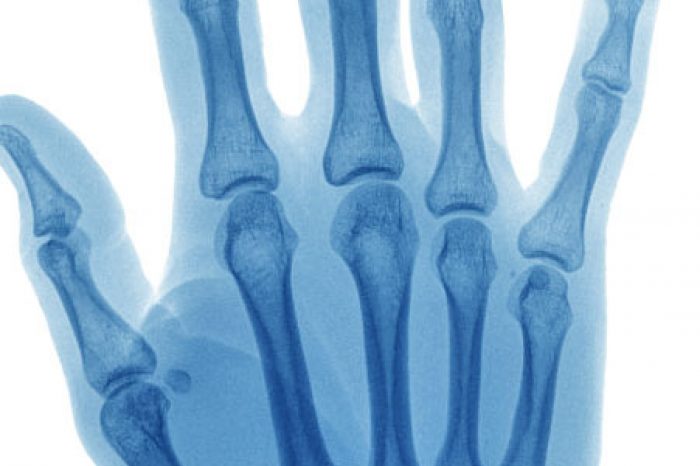
Yesterday we had a patient in our office who came in with hand osteoarthritis. She told us that her surgeon said that there was no evidence to support PRP in the hands. Fortunately, Evans et al recently published a systematic review and meta-analysis on platelet rich plasma for treating hand osteoarthritis and foot osteoarthritis.
Osteoarthritis is the most common form of degenerative joint disease, and is the breakdown of joint cartilage resulting in pain, stiffness and the loss of function. There are no curative medications, and is a progressive disease meaning that over time the cartilage will continue to wear down.
Conservative treatment typically focuses on symptoms including non-steroidal anti-inflammatory drugs, topical capsaicin, heat and steroid injections. In large joint replacements are common, but surgical interventions for small foot and hand osteoarthritis remain meager and fusion comes at the expense of function. Platelet rich plasma is an exciting option to manage pain and carries a possibility for enhancing chondrocyte activity and is most pronounced in small joints.
Platelet rich plasma (PRP) uses a patient’s own blood, which is separated into different cellular layers. The final PRP preparation is a concentration of platelets and growth factors. There are many different protocols for preparing PRP, but studies show that to be effective the PRP has to concentrate platelets greater than 5 times normal blood.
In joints and osteoarthritis, PRP acts predominately by anti-inflammatory cascades to reduce pain. The data suggests that PRP may be superior to other intra-articular injections in improving pain and function in small joint osteoarthritis (Evans et al, 2020).
Loible et al. (2016)
In this small pilot study of 10 patients, the patients had 2 PRP injections into the trapeziometacarpal joint over 4 weeks for wrist arthritis. Patients had improvement in pain and function at the 6-month follow up.
Mayoly et al. (2019)
In a small case series, 3 patients with severe arthritis were injected with PRP and micro-fragmented adipose tissue into the wrist and 2 of the 3 patients had a significant improvement in function at the 1-year follow up.
Malahias et al. (2018)
In this randomized controlled study, 33 patients with osteoarthritis of the TMC joint received 2 intra-articular PRP injections versus patients with 2 steroid injections. At the 12-month follow-up the PRP group had significant improvement in pain, function and satisfaction compared to steroid injections.
While additional studies are needed there is level 1 evidence showing PRP is a better long term option compared to steroid injections.
Adductor longus selective tenotomy is a modern surgical treatment for chronic groin pain that offers faster recovery and better outcomes than traditional full release surgery. The adductor longus, an inner thigh
Read MoreDiscover how ultrasound helps diagnose plantar fat pad atrophy, a leading cause of ball-of-foot pain. Learn about symptoms, thickness cutoffs, and why early detection matters for relief.
Read More